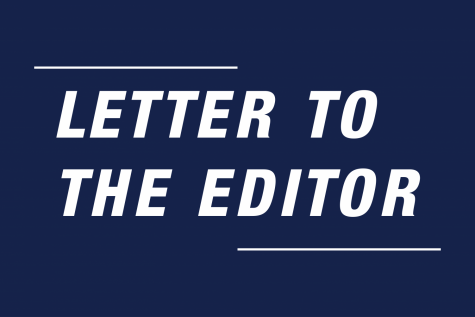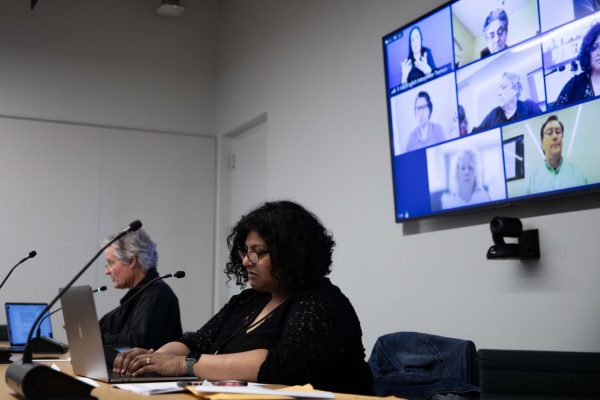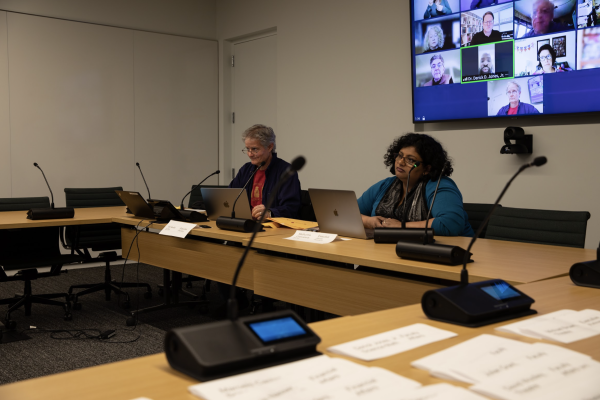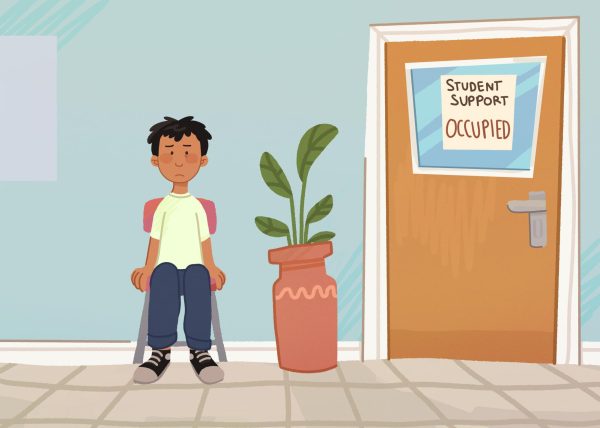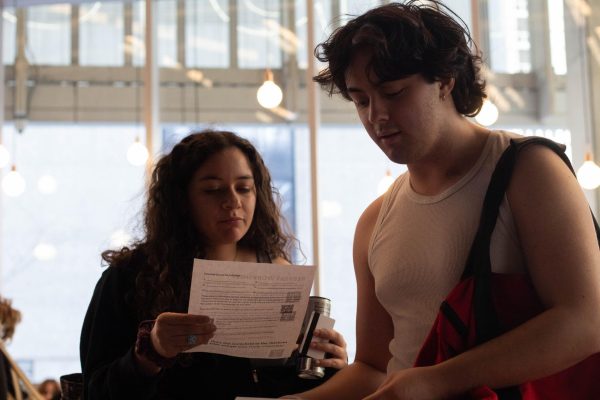Appeal against random drug testing shot down by Supreme Court
October 19, 1998
Kimberly A. Brehm
Staff Writer
The U.S. Supreme Court has refused to hear a challenge against the decision by the Federal Appeals Court of Chicago that gives schools the right to randomly drug test any student involved in extracurricular activities. The appeals court justified its decision for broad drug testing by stating that extracurricular activities are voluntary and testing would “protect the health of the students involved.”
Four parents appealed the court’s decision, arguing that their children’s constitutional rights were being violated, but the Supreme Court disagreed. A review of our Constitution, however, makes it difficult to understand how the court reached its decision. Not only does random drug testing violate several constitutional rights, but there are also other, more prevalent reasons to question the validity of such tests.
First, the Fourth Amendment of the U.S. Constitution guarantees our right to privacy. Citizens, including students, are also guaranteed through the Constitution a presumption of innocence until proven guilty. Drug testing violates both of these rights, and goes against the very base of our judicial system. By being required to provide a urine sample, students would be forced to defend themselves against the charge of drug use without any evidence or suspicion. After all, these drug tests are given at random. There is no need for a school to demand a drug test from a student who hasn’t shown any indication of drug use. Students attending schools in the tri-state area are now presumed guilty until they can prove their innocence.
Second, drug tests are notoriously inaccurate for several reasons. The most commonly performed urine test is the Enzyme Immunoassay Screening. It is used frequently because it is the least expensive drug test, but there are many discrepancies among its results. Certain things, like poppy seeds, can lead to a positive result for marijuana consumption. There are many prescription drugs that can interfere with a basic urine screening. Schools can request a list of all legal drugs consumed prior to the test, but this violates the right to privacy.
In addition, the laboratories themselves could be the reason for so many false positive results. There are currently 1,200 laboratories in America that perform urine screenings, yet only 85 are federally approved to do so. (The majority of the labs do not meet the federal standards for accuracy.). Because the Enzyme Immunoassay Screening is so inaccurate, it is not accredited by the federal government of the College of American Pathologists. Instead, they offer information about a more accurate urine screening called the GC/MS test. This test is available but is much more expensive, which is why most schools that require drug testing choose not to use it.
Third, drug testing can reveal private details of a student’s life far beyond the use of illegal narcotics. A urine sample can be screened for much more information than a school can legally ask a student. Current discrimination laws forbid schools from asking students questions such as “Do you have AIDS?” or “Are you pregnant?” Now they don’t have to ask. A school can test for these conditions and others as well. If these questions are illegal to ask, how can it be legal to search for the answers in urine samples? Keep in mind that there are no restrictions on what a laboratory can test for, as long as a sample is legally obtained.
Fourth, drug testing is proving to be a very costly endeavor. Bes, approximately $1.2 billion is spent on drug testing annually. On average, for every $40,000 spent, only one student or employee is correctly identified as a drug user.
Even if the drug tests were accurate, it would be difficult to justify such a price. To combat this exuberant cost, some laboratories are now offering to analyze hair samples instead of urine samples because it is more cost-effective.
Hair testing is feared even more than urine testing for several reasons. Environmental contaminants, such as smoke, can enter the hair follicle simply by being present in the air. A false positive can be the result of simply being in the same area as a drug user.
Hair length can also be a factor, as long hair can indicate drug use from several years earlier. Further, hair testing is discriminating because non-Caucasian hair absorbs more drug residue than Caucasian hair.
Another major discrepancy often unmentioned is that drug testing does not indicate current use. It only determines whether or not metabolites from past drug use are present. Metabolites from marijuana consumption can be detected in the urine for more than 30 days after use of the drug; therefore, a drug test cannot distinguish between current drug use and that of a month ago. Perversely, harder drugs such as cocaine and heroin, are undetectable after three or four days.
This means that a student who smoked marijuana a month ago can test positive while a student who used cocaine three days ago can test negative. Any student fearing a drug test may now be tempted to move from a soft-core drug like marijuana to a hard-core drug like cocaine because it is less likely to be detected. Drug testing could actually lead to harder drug use, adding to the exact problem it is trying to combat.
It must be noted that an alternative to drug testing does exist. For decades, tests known as performance or impairment tests have been able to provide a cost-effective way to test the functionality and productivity capacity of those tested. Impairment tests are computer-based tests that measure hand-eye coordination, visual tracking ability and basic cognitive skills.
These tests can be used daily or immediately before a student is about to participate in an extracurricular activity. The beauty of this type of test is that they provide immediate results, unlike those that take days to process. They do not discriminate; students are judged solely on their actions. Most crucially, impairment tests do what urine and hair testing cannot: They make schools safer without violating anyone’s constitutional rights.




